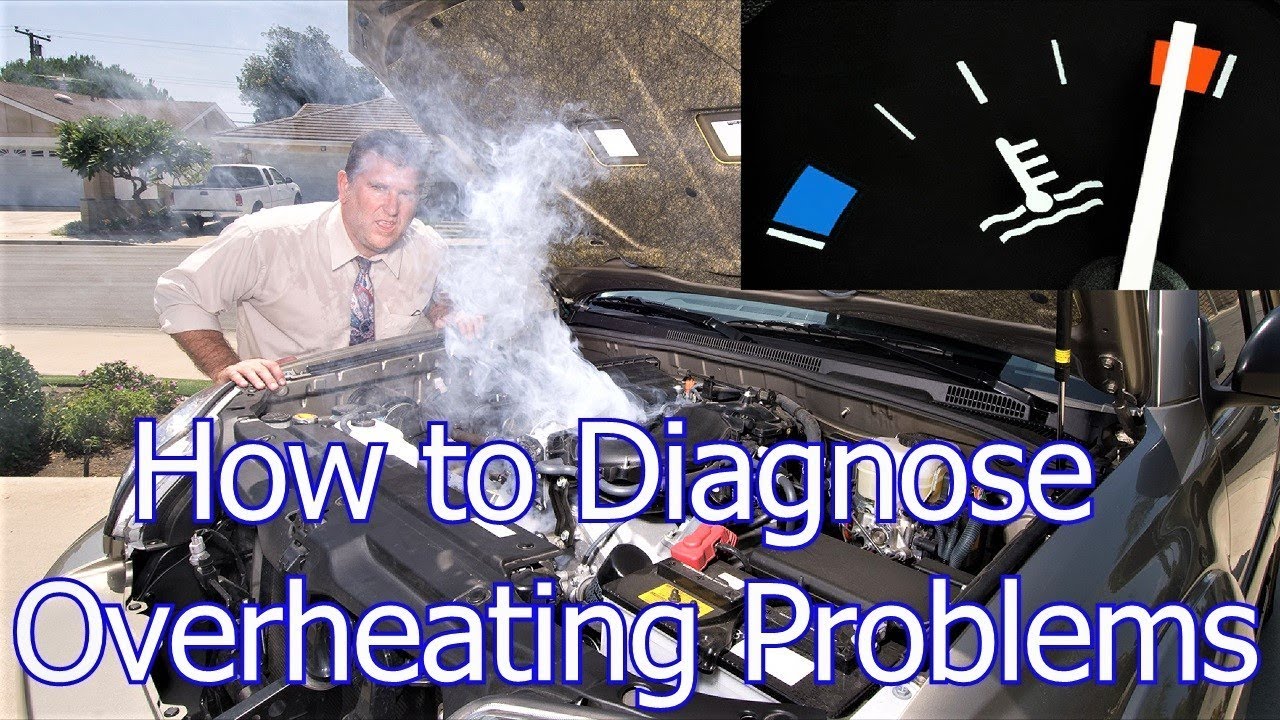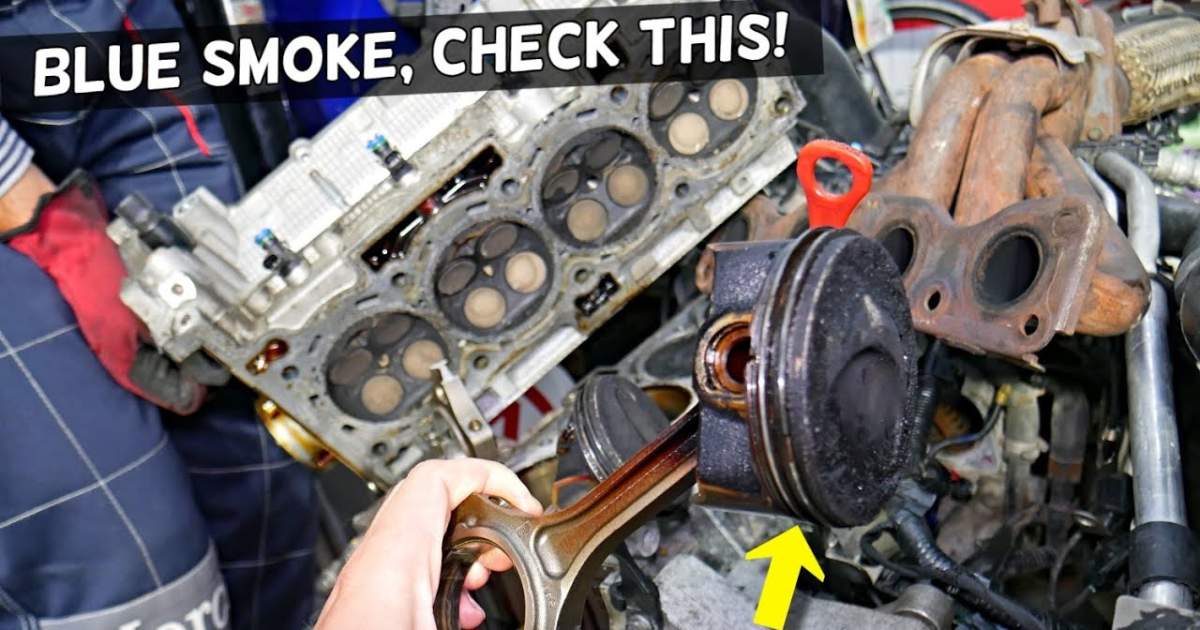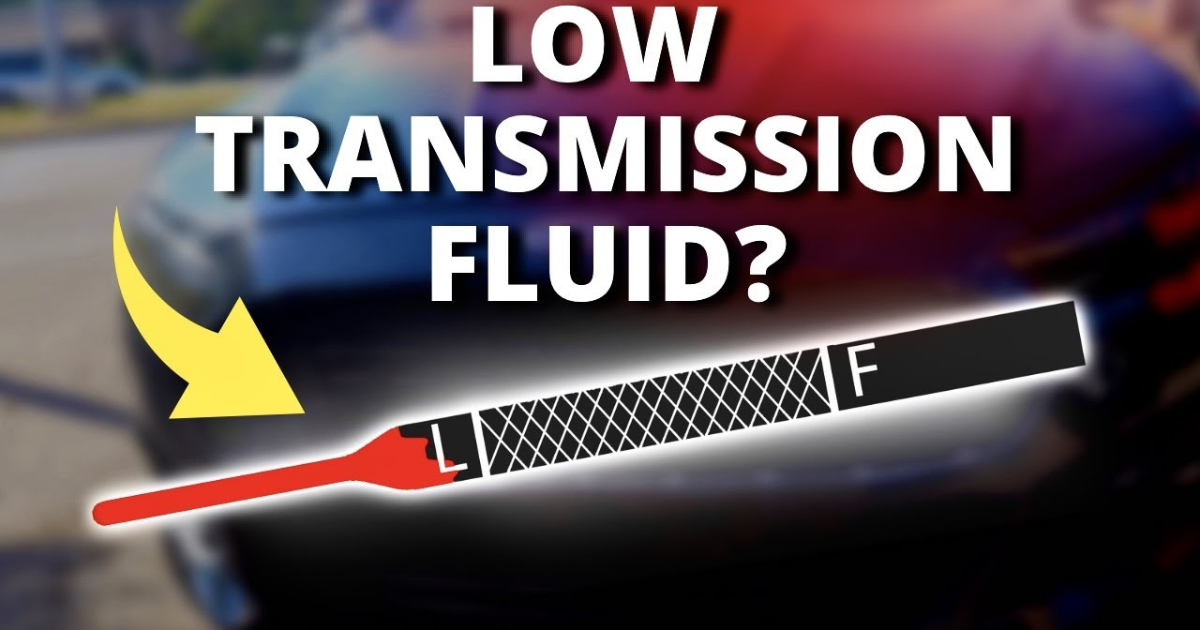Smoke from the exhaust is a common sight when you start your automobile in the morning after letting it sit overnight. But depending on the color and smell of the smoke, engine smoke could indicate something else entirely—bad or normal.
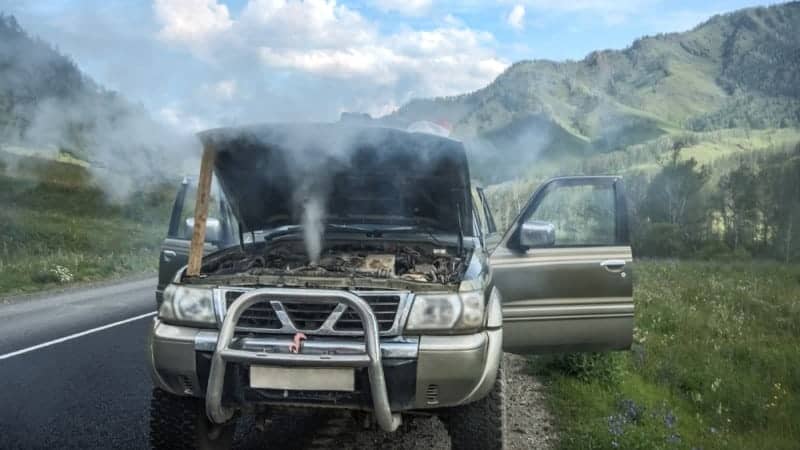
What causes smoke coming from engine?
Overheating is the leading cause of steam emissions from engines. Accidental splashing of fluids like oil, transmission fluid, or brake fluid onto the engine block is another possible cause, as is faulty wire casing. Sometimes there isn’t enough coolant. Your vehicle may be smoking for additional causes.
Faulty fuel or diesel injector
No matter what kind of engine you have, the diesel or fuel injector is responsible for regulating the fuel flow to the engine. Combustion requires this fuel to be mixed with air. But, this combination could have an overabundance of fuel if the injector is worn or blocked with time. Smoke begins to billow from the engine as a result of improper fuel combustion.
Bad fuel pressure regulator
One way to regulate the amount of gas that goes into the engine is with the fuel pressure regulator. Its inability to control fuel pressure when malfunctioning causes the engine to emit smoke.
Faulty carburetor
In older vehicles, you might see a carburetor. In order for an internal combustion engine to function, it is necessary to combine the air and fuel in the exact proportions required by the engine. The mixture is then sent to the intake manifold via this component.
It overheats and backfires if it becomes blocked, worn, or fails to provide a enough amount of fuel to the mixture. Consequently, smoke from the engine is released.
Blocked or clogged inlet manifold
An integral part of the engine’s fuel-air mixture delivery system is the intake manifold. Clogged parts of this system prevent the combustion system from receiving the proper amount of this mixture. The engine then began to produce a dense plume of black smoke.
Ignition timing off
For proper fuel combustion, the timing of ignition is critical throughout the ignition cycle. Turning off the ignition timing causes the engine to use more gas than necessary and produces a dense plume of black smoke.
Faulty radiator hose
It is the job of the radiator hose to transfer coolant from the engine and radiator to the water pump. This aids in cooling the coolant significantly before returning it to the engine.
However, the coolant cannot be sent to the cooling area if this hose is defective or blocked. So, white smoke is produced when the coolant gets too hot and the engine overheats.
Cracked engine block
Almost every component of an engine is supported by the engine block. Coolant can freeze and push against engine blocks, causing cracks, if exposed to very low temperatures. If the engine block is damaged, the engine components won’t work as they should, and white smoke will be emitted.
External coolant leak
Breaks in the hoses or a burst head gasket are two potential sources of external coolant leakage. Problems with these parts can cause them to leak, which can cause exhaust or engine compartment leaks. The combination of the liquid and the heated components can produce white smoke in the form of vapor. The exhaust manifold will show signs of a significant leak. But occasionally you might not even realize it.
Broken cylinder head
The combustion chamber or cylinder itself can get coolant if the cylinder head breaks. This coolant will produce white smoke when burned in conjunction with fuel. Overheating is a real possibility if coolant continues to leak into the engine, which will prevent it from ever functioning correctly.
Water
Smoke rising from the engine during a rainstorm could be a sign that water has burned off in the exhaust or radiator. During rainy days, this is completely typical, so there’s no need to be concerned.
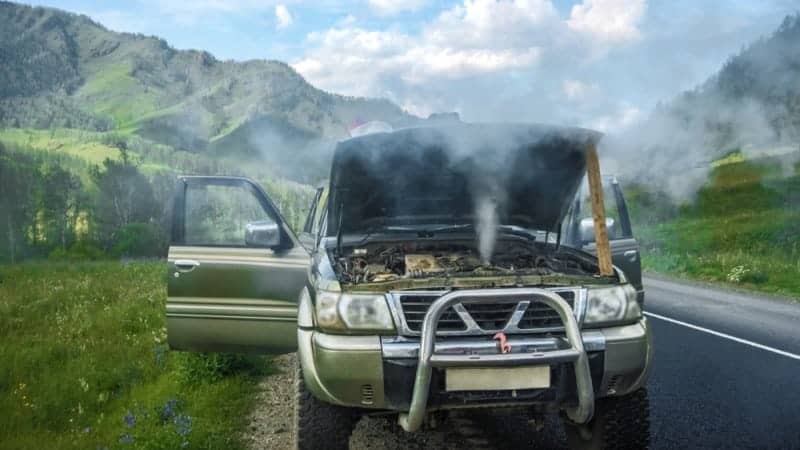
How do I fix smoking engine?
Identifying the source of the smoke should be your top priority. And if you pay close attention to the smoke’s color or scent, you may easily determine which components are to fault. Improper fuel combustion, commonly caused by malfunctioning fuel injectors, carburetors, pressure regulators, etc., is a common source of black smoke in engines.
Coolant leaks, which can be caused by a variety of issues like a damaged gasket, a cracked radiator or radiator hose, a fractured cylinder head, a cracked engine block, etc., sometimes manifest as white smoke or a pleasant odor. When engines consume too much oil, it can produce smoke that is blue or gray in color and has a bitter taste. The PVC system, damaged pistons, valves, or cylinder walls can all lead to oil burning.
Conclusion
Engine smoke could indicate a significant problem or just a routine occurrence. The best course of action is to conduct a thorough investigation to determine the source of the smoke.
The engine’s exhaust carries a myriad of aromas and hues. Because of the signal’s color and scent, the source of the problem may be quickly located.
You shouldn’t be concerned about a single oil spill on the engine’s exterior; the oil will burn off quickly. Visit a mechanic if the problem continues. Also, you might have accidentally burned your cat with a rubber bag; don’t worry, it’s not a big deal.
To further narrow down the problem, you may also perform a visual investigation. However, identifying and repairing the source of the engine smoke should be your top priority.



